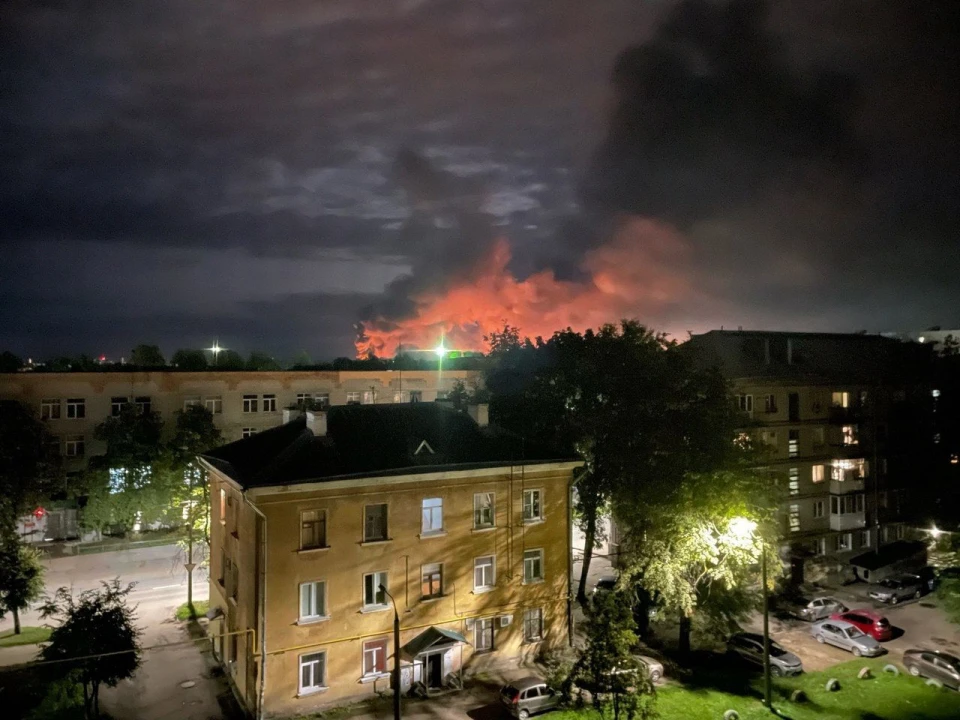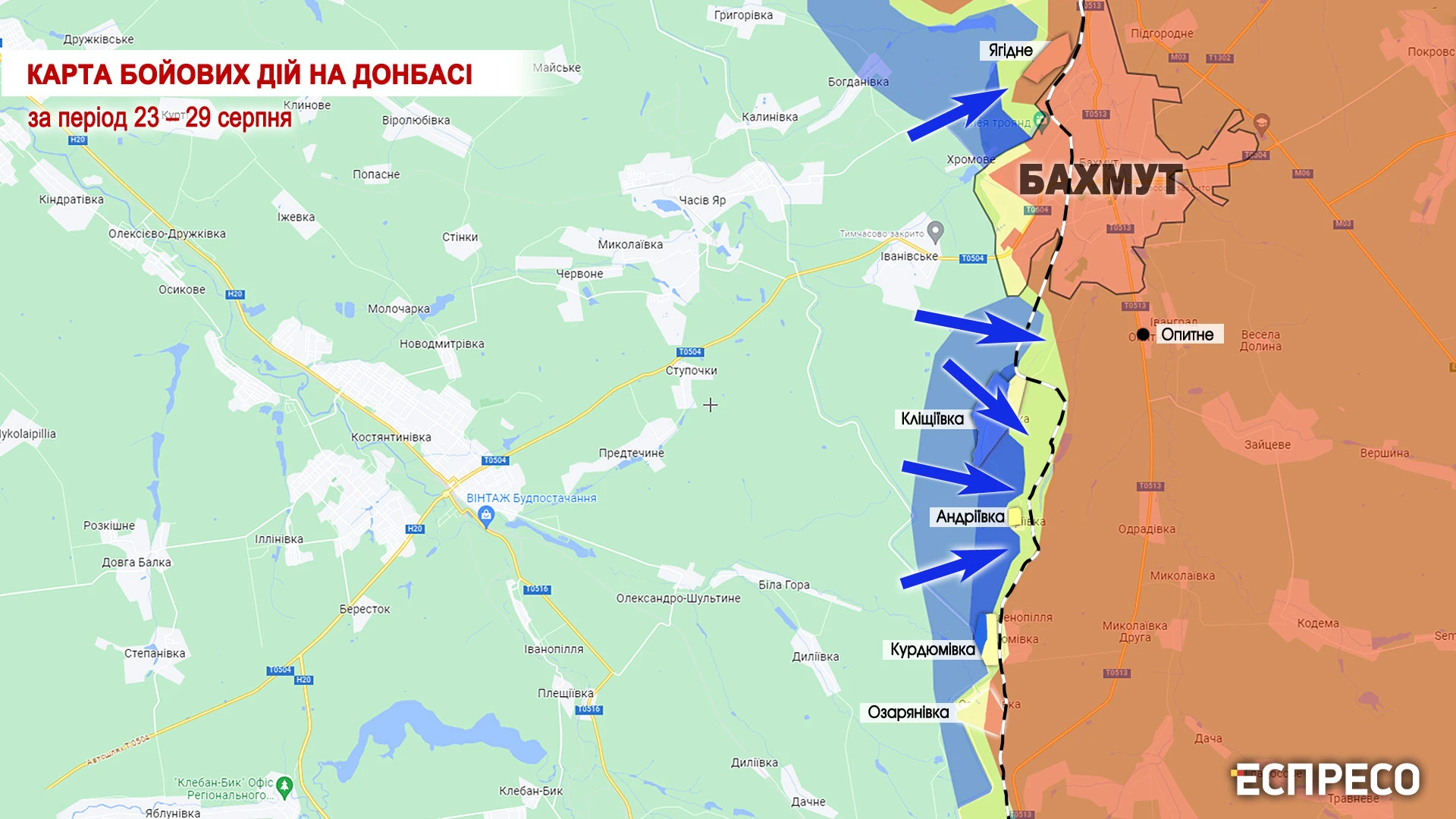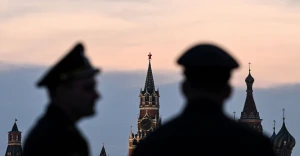
Remarkable drone attack: Russia loses strategic objects - military expert Zgurets
Russia suffered the largest attack, which can also be considered the most successful. In total, dozens of drones were used to attack Pskov, Ryazan, Bryansk, and Moscow. Targets in the Kaluga and Oryol regions were also striked. As a result, three strategic objects in Russia were hit
The largest drone attack on Russia
On the night of August 29-30, Russia striked Kyiv with cruise missiles and Shahed drones. Out of 44 targets, 43 were shot down. However, Russia suffered the largest attack of the night, which can also be considered the most successful. The strike on the airfield in Pskov is the most impressive. The distance from the Ukrainian border to the airfield is over 700 kilometers. This airfield is used as a base for IL-76 aircraft serving the Pskov Airborne Division. As a result of the drone attack, as many as 6 Il-76 aircraft were damaged, 4 of which are definitely beyond repair. This information was confirmed by a spokesman for the Defence Intelligence of Ukraine.
Generally speaking, this is a great result. Since the total number of such aircraft in the Russian Air Force is 110 Il-76. That is, as a result of a single strike, over 6% of the fleet of these aircraft was disabled at once. There was also a Tu-22 missile carrier at this base, which was also hit by drones. It is worth noting that these Il-76 aircraft were parked in Pskov in open areas. Each of the aircraft had a certain distance between them. This suggests that each target was identified separately.

Another group of drones targeted Bryansk. It stands over 100 kilometers from the border with Ukraine. One of the drones successfully hit the Kremniy EL plant, which is important for the Russian military-industrial complex. This plant produces transistors and microchips that are used in Russian weapons. In particular, in ballistic missiles, S-400 air defense systems, and Su-35 fighter jets. In the Kaluga region, drones hit an oil refinery, causing a pipeline to catch fire. Thus, it can be stated that Ukraine has been able to build up capacities for the massive and powerful use of drones.
At the same time, Ukrainian Defense Forces continue to advance in the Zaporizhzhia direction. South of Robotyne and east of Verbove. In other parts of the front, the Ukrainian army is holding back the Russian offensive in the Lyman-Kupyansk direction. As for the Bakhmut direction, Russian troops are trying to regain lost ground at any cost and are counterattacking Ukrainian positions. Commander of the Ukrainian Armed Forces Oleksandr Syrskyi said this morning that Ukraine is taking all measures to disrupt Russia’s plans and are gradually advancing.
Situation in the Bakhmut direction
The deputy commander of the Hrim special forces tactical unit with the call sign "Did" said that despite the fact that Ukrainian units in the Bakhmut direction have come close to Russian positions, there is a problem with mines that prevents rapid advance. There is also a problem with Russian snipers who are stationed on the outskirts of Bakhmut. The serviceman added that Russian mortar groups are still active. Russian troops have no problems with ammunition for mortars of various calibers. He emphasized that although it is difficult, Ukrainian units are making progress.

Ukrainian sniper groups operations near Bakhmut
A sniper with the call sign "Did" also spoke about the work of sniper groups. He emphasized that the work of such groups depends on the tasks of the command set in different parts of the front. For example, the Ukrainian military have driven the enemy out of their positions and are beginning to fortify themselves in the occupied areas of the front. Immediately afterwards, sniper groups move to these positions and begin to cover our units directly from the trenches. At the same time, the Russians are beginning to fortify other positions.
The main goal is to prevent Russian troops from preparing for defense in the next section of the front. It is not even the elimination of enemy manpower that is important, but the destruction of surveillance equipment. Another target could be a Russian sniper group. "Did" called it a "sniper competition.” The main task in this case is to identify and eliminate enemy snipers. However, this task requires more snipers of the Ukrainian Armed Forces. Accordingly, the entire algorithm of the sniper groups' work is changing. The goal is to draw the enemy sniper's fire on themselves in order to detect and eliminate the enemy snipers. Ukrainian sniper groups are also often used to storm Russian positions. Mortar and machine gun crews also take an active part in such operations, as the main task for launching an assault is to destroy the enemy's machine gun and mortar positions.
A sniper with the call sign "Did" said that training snipers requires a lot of time and skills. According to him, if a person does not have a certain skill set and experience, it is very difficult to train for combat operations even in a few months. In addition, physical training and endurance of snipers are very important. Sometimes, in order to make a single shot, you need to stay in position for 20 hours. According to "Did", there are situations when there is a certain task and you cannot reveal yourself in any way, no matter how much you want to, you cannot take risks, because other soldiers are working around you and the whole operation depends on each soldier.
Destruction of Russian electronic warfare systems in the temporarily occupied territories
Andriy Krutykh, a colonel with the Ukrainian Armed Forces and an expert in communications and electronic warfare, named two main reasons why we are now hearing more and more about the destruction of Russian electronic warfare systems. In particular, the impact of these systems on the operation of the Ukrainian Armed Forces' drones and communication systems. That is why the Ukrainian Armed Forces began to methodically destroy them. Our intelligence assets, including aerial reconnaissance, are saturated with means that can more accurately target Ukrainian artillery. According to him, the electronic warfare systems that appear in the temporarily occupied territories, such as Svet-KU and Predel-E, are very rare for the Russian army. He emphasized that Svet-KU is a powerful radio monitoring complex that collects information about the electronic situation and allows the command to plan the use of both its own and countermeasures against our electronic means. According to the colonel, the Russian Predel-E mobile coastal surveillance radar of increased stealth was, according to various sources, almost the only model in the Russian Armed Forces.
Colonel Andriy Krutykh also said that it is quite easy to detect a radio-emitting device. Another thing is the distance at which this complex is located. Not every device can be reached by artillery. Some such radio-emitting devices can operate at a depth of up to 30 km. Since the Ukrainian Armed Forces have artillery systems that work at this distance, such devices can be destroyed by artillery fire. However, Soviet-made 152-mm artillery systems do not achieve such goals.
- News














































